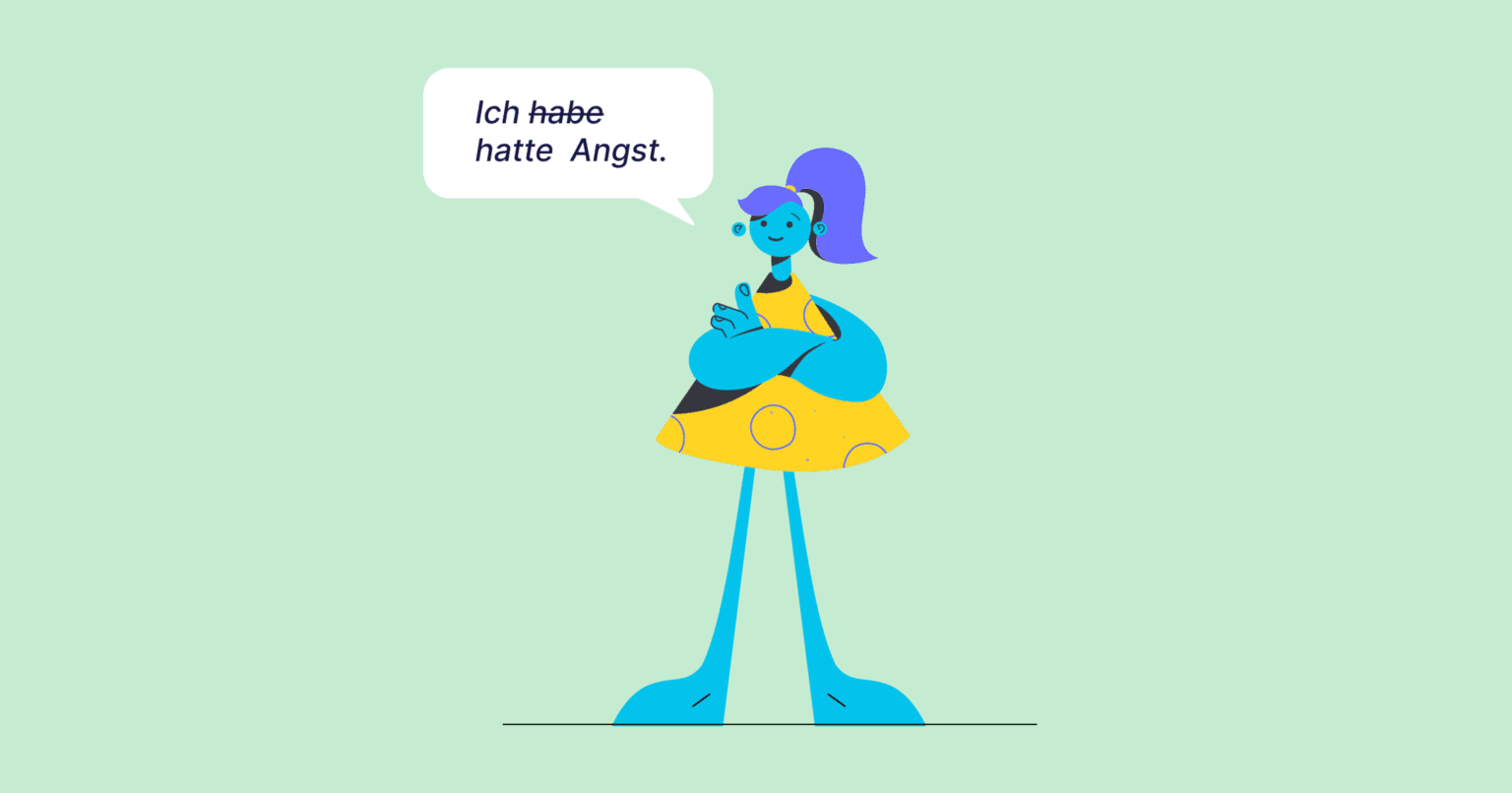What is Agoraphobia – What Really Helps

Does the thought of a bus or train ride trigger stress? Do crowds, public places, or long journeys make you feel panicked? Perhaps you even avoid such situations entirely because your fear is too overwhelming? This could indicate agoraphobia, also known as fear of open spaces. Here you'll learn what exactly agoraphobia is, how it feels – and what you can do about it.
What is Agoraphobia?
Agoraphobia describes an intense fear of situations where it would be difficult to escape or quickly get help if discomfort arises. Some people experience panic attacks in such moments. Others simply feel enormous tension or a sense of helplessness.
Out of fear of experiencing another panic attack or being unable to cope with the situation, many begin to avoid certain places and activities. Often this creates a vicious cycle: the fear of fear.
Typical fears include:
- Crowds - e.g., at concerts or festivals
- Public transportation - e.g., bus or train
- Traveling alone or far away
- Large, open spaces – e.g., parking lots
- Enclosed or crowded places – such as supermarkets
- Distance from familiar home environment
Note: Fear of open spaces is colloquially often used when claustrophobia is actually meant. What's the difference? Read on!
Claustrophobia vs. Agoraphobia – The Difference
Claustrophobia (fear of confined spaces) is the fear of narrow, enclosed spaces, such as elevators, subways, or crowds. The central fear is being trapped or unable to breathe.
Agoraphobia refers to – in addition to fear of tight spaces – also the fear of wide, open places and difficult-to-control situations. The central fear is having an anxiety or panic attack in these situations. Typical thoughts might be "What if I can't get away from here quickly enough?", "What if no one can help me here?"
Both fears often lead to withdrawal and avoidance. Sound familiar? You're not alone. There is help: Digital support for agoraphobia
Symptoms – How Does Agoraphobia Feel?
Agoraphobia often begins between the ages of 25 and 30. The fear manifests in specific situations – or even just in imagining them.
A diagnostic criterion: Fear or avoidance of at least two of these situations:
- Crowds
- Public places
- Traveling alone
- Traveling at a greater distance from home
Often physical and psychological reactions also occur – sometimes in the form of a panic attack.
Tips for dealing with panic attacks can be found in our article: What to Do During Panic Attacks?
Typical physical signs:
- Racing heart
- Sweating
- Shortness of breath
- Tightness in the chest
- Nausea or stomach pressure
- Dizziness, trembling, hot or cold flashes
Common thoughts and feelings:
- "I'm going to lose control"
- "I'm dying" or "I'm going crazy"
- Feeling of not really being there or losing oneself
Unsure if this applies to you? Take our free self-test:
What Helps Against Agoraphobia?
Living with agoraphobia can be emotionally very stressful – and severely restrict daily life. Many feel overwhelmed and don't know what to do.
The good news is, agoraphobia is treatable. Particularly effective is cognitive behavioral therapy (CBT) – a scientifically-based method recommended by professional associations (AWMF S3 Guideline "Anxiety Disorders").
Cognitive Behavioral Therapy – What's Behind It?
Core elements of CBT:
- Psychoeducation: Understanding what my fears mean and what happens in the body
- Exposure: Deliberately facing anxiety-provoking situations
Example: Sudden heart palpitations are quickly interpreted as dangerous. But someone who learns to think: "Of course my heart is beating faster – I'm walking to the subway," can evaluate the feeling differently – and the fear decreases.
What many don't know: Avoidance reinforces fear in the long term. The idea "Taking the bus = danger" becomes ingrained in our minds.
CBT aims to change this evaluation through new experiences. And you only gather those when you dare despite the fear.
What to Do When Therapy Spots Are Scarce?
Unfortunately, waiting times for therapy spots are often long. That's why digital health applications (DiGA) now exist – certified apps that can be prescribed by doctors and are usually covered by statutory health insurance.
Mindable: Your App for Agoraphobia
Mindable: Panic & Agoraphobia was developed by experienced psychotherapists and is based on the latest guidelines of cognitive behavioral therapy.
App benefits:
- Start immediately – no waiting time
- From home – flexible & location-independent
- Anonymous & data-secure
- Scientifically-based
- Usually covered by health insurance
You Are Not Alone
Mental health concerns us all. At Mindable, we are committed to helping you (re)discover your inner strength. On our social channels, we regularly share tips, thoughts, and content to accompany you. To Instagram
Sources
- DIMDI (German Institute for Medical Documentation), ICD-10 Version 1.0 (2013), Springer Verlag
- Robert Koch Institute, Federal Statistical Office (2004), Federal Health Reporting Issue 21
- S3 Guideline "Anxiety Disorders" of the AWMF
Note: This article is for informational purposes and does not replace medical advice.




